Month: January 2020
-
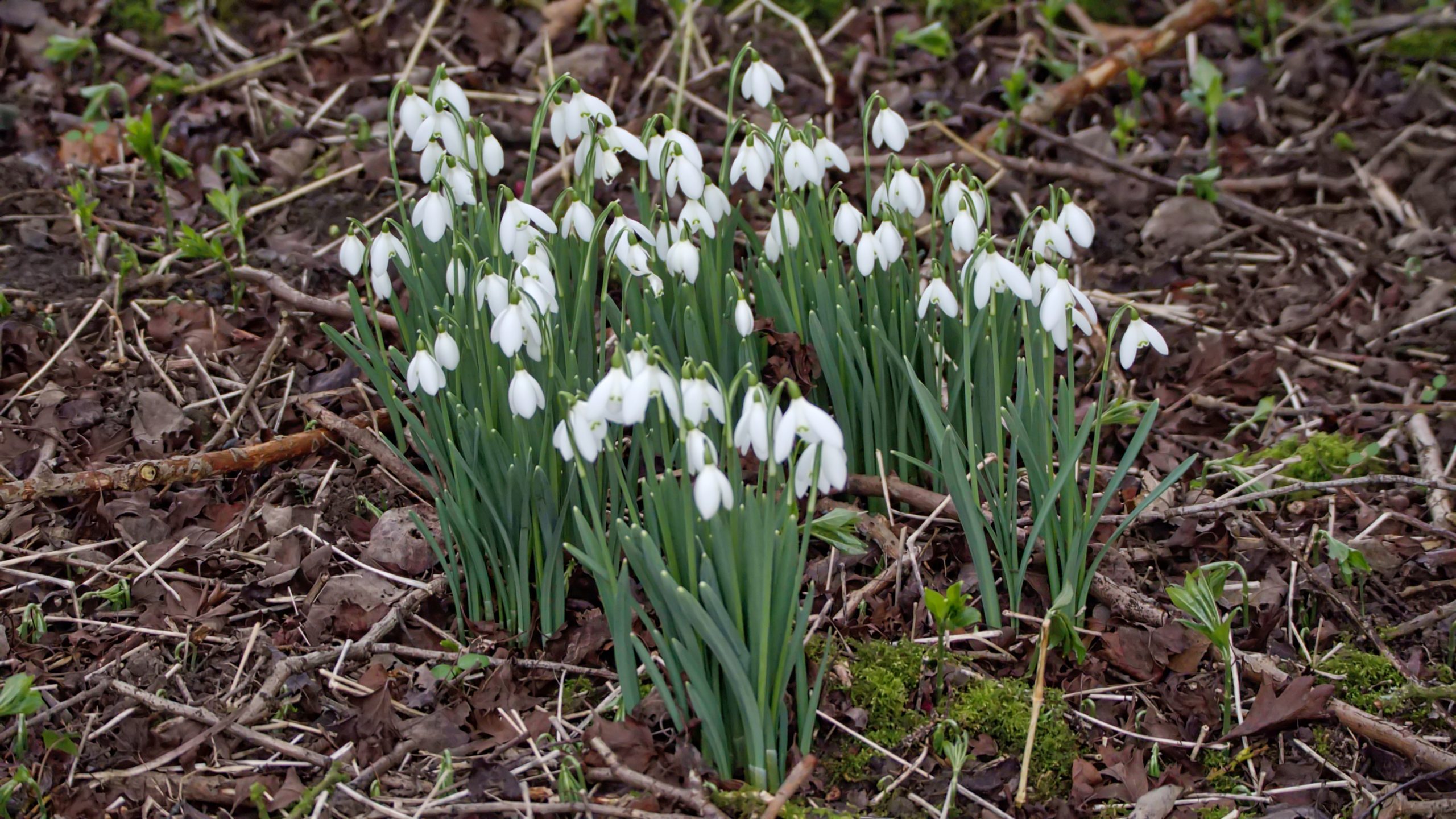
Parting is such sweet sorrow
Shakespeare understood. He has Juliet say these words to say goodbye to Romeo. Their parting is full of sorrow but looks sweet as it gives them pleasure in the hope that they will see each other again in the morning. And a little alliteration does make it sound better. “Goodbye”, of course, is a valediction,…
-
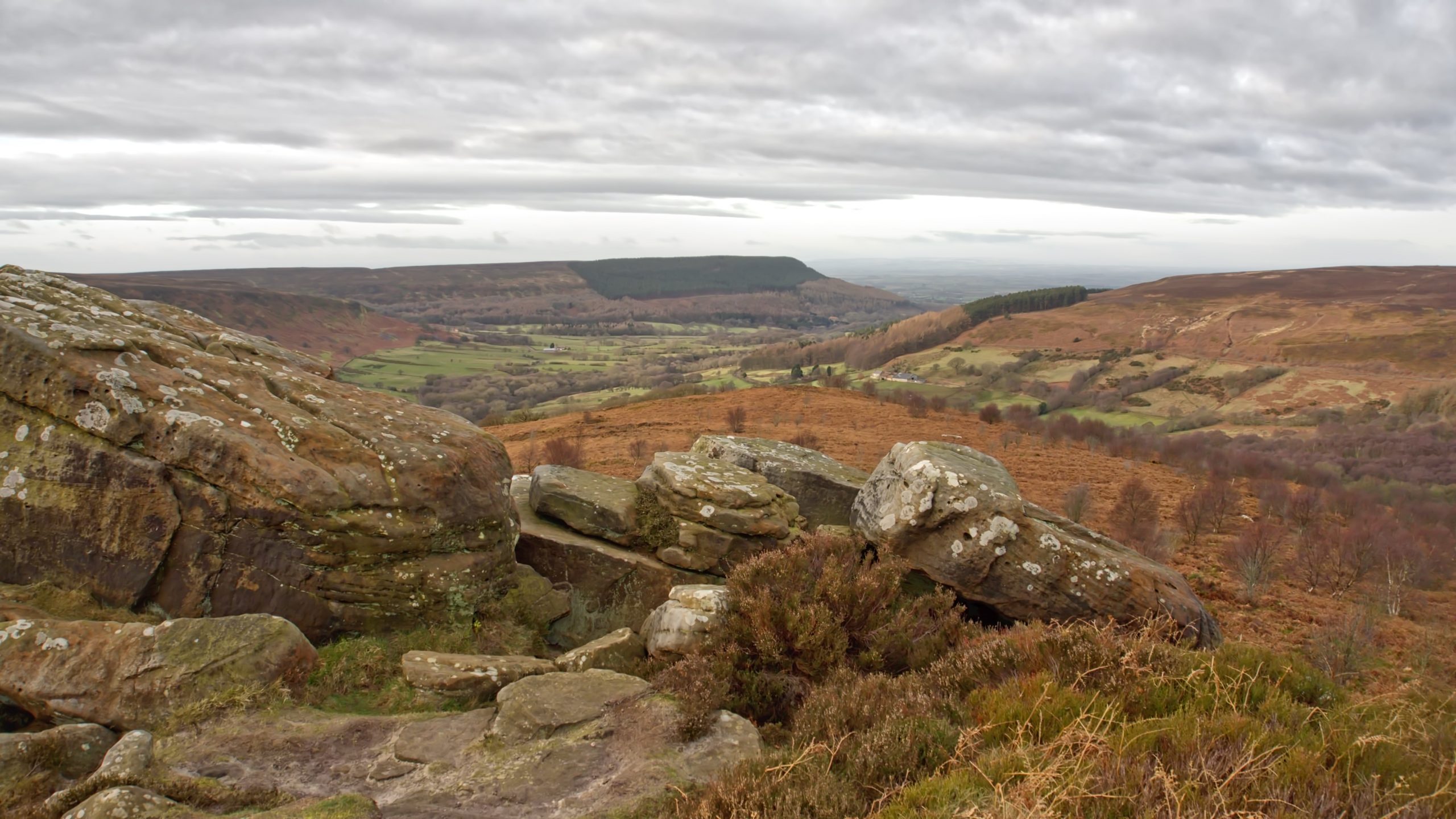
At the west end of Scot Crags
Well, it’s Scot Crags according to the first mappers of the Ordnance Survey. Probably better known as Barker’s Crags nowadays. I am looking down on the spur they mapped as Rakes Intake where Snotterdale merges with Scugdale. Scugdale is both an unusual valley and one of contrasts. It is one of the few east-west lying…
-
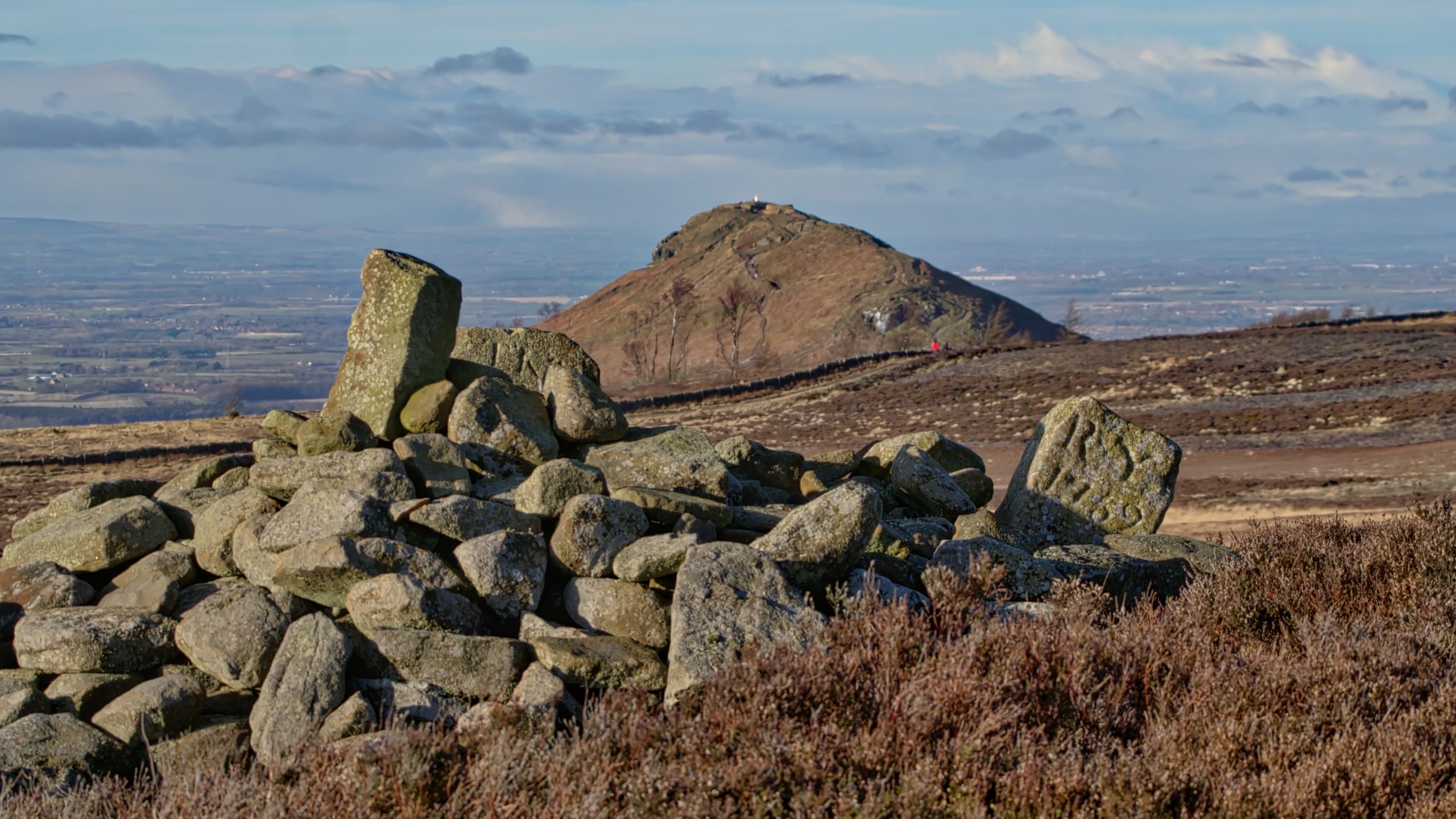
Cairn with two boundary stones
A glorious day. My attention was diverted by a pair of mewing buzzards but they kept too distant for my camera. So back to earth, on Newton Moor, one of a pair of Bronze Age round cairns with two partly buried boundary stones. One is inscribed “TKS 1815” and the other stone “RY 1752” on…
-
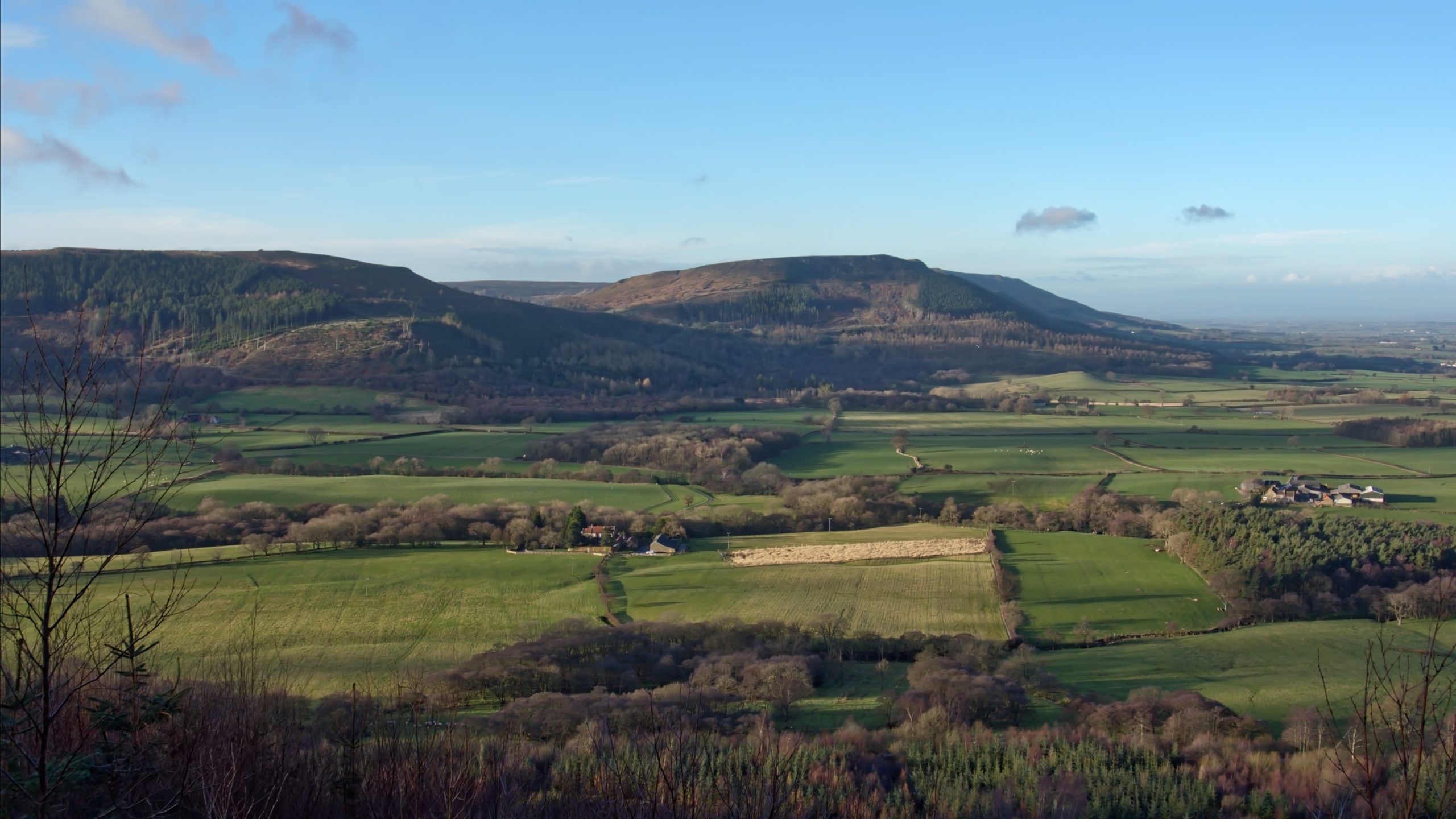
Greenhow Burton
A moment’s reflection watching the shadows of the cloud flit across the fields of Greenhow Burton. Today is the 75th anniversary of the liberation of the Auschwitz-Birkenau concentration camp and a disturbing fact I heard this morning that a recent poll had found that one in 20 Europeans had never heard of the murder of…
-
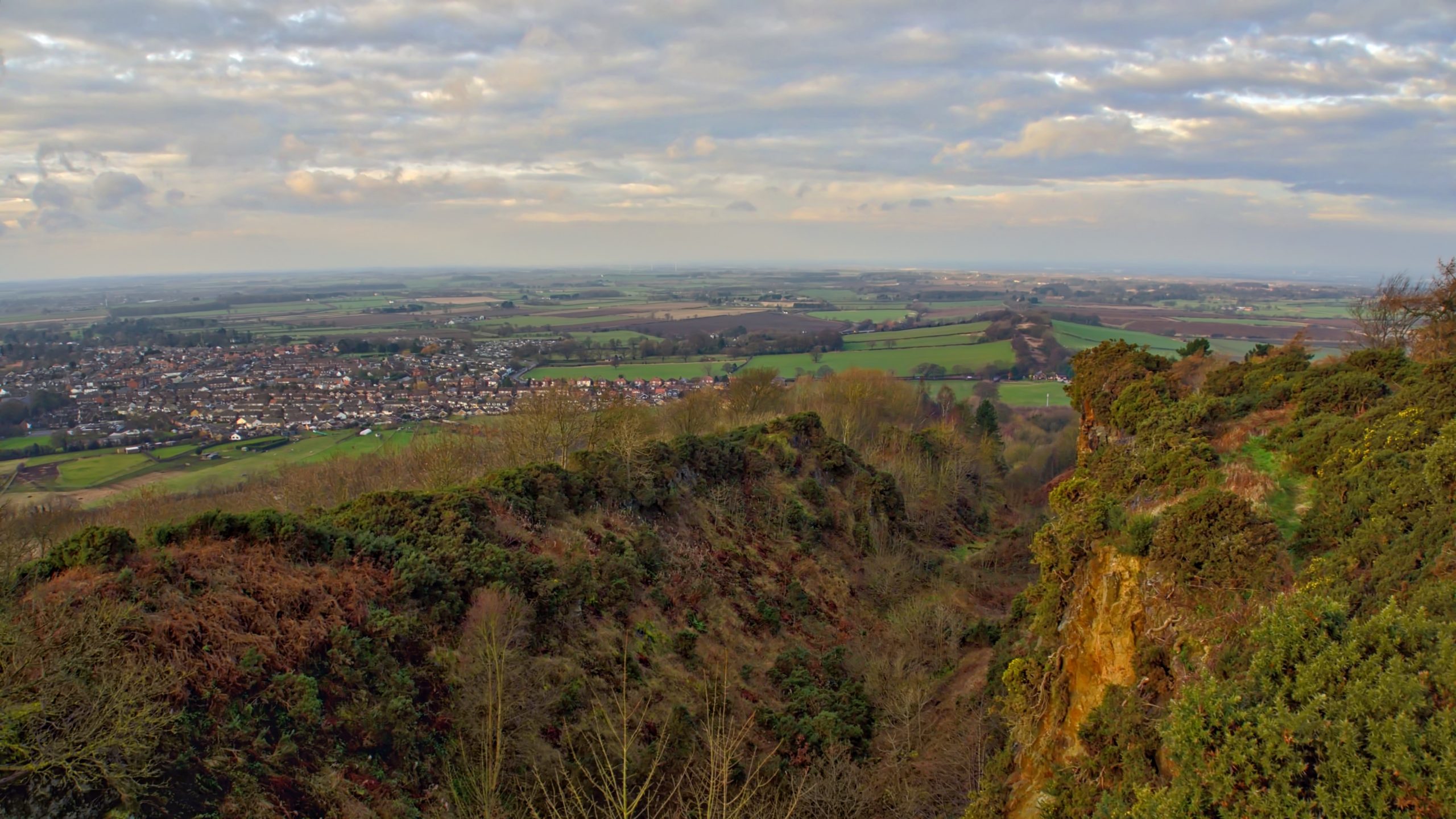
The Cleveland Dyke
A view north-west from Cliff Ridge along Langbaurgh Ridge and the line of the intrusion of igneous rock known as the Cleveland Dyke. The basaltic rock was intruded as molten magma flowed from a volcanic source near the Island of Mull in Scotland 58 million years ago. It is calculated the flow took up to…
-
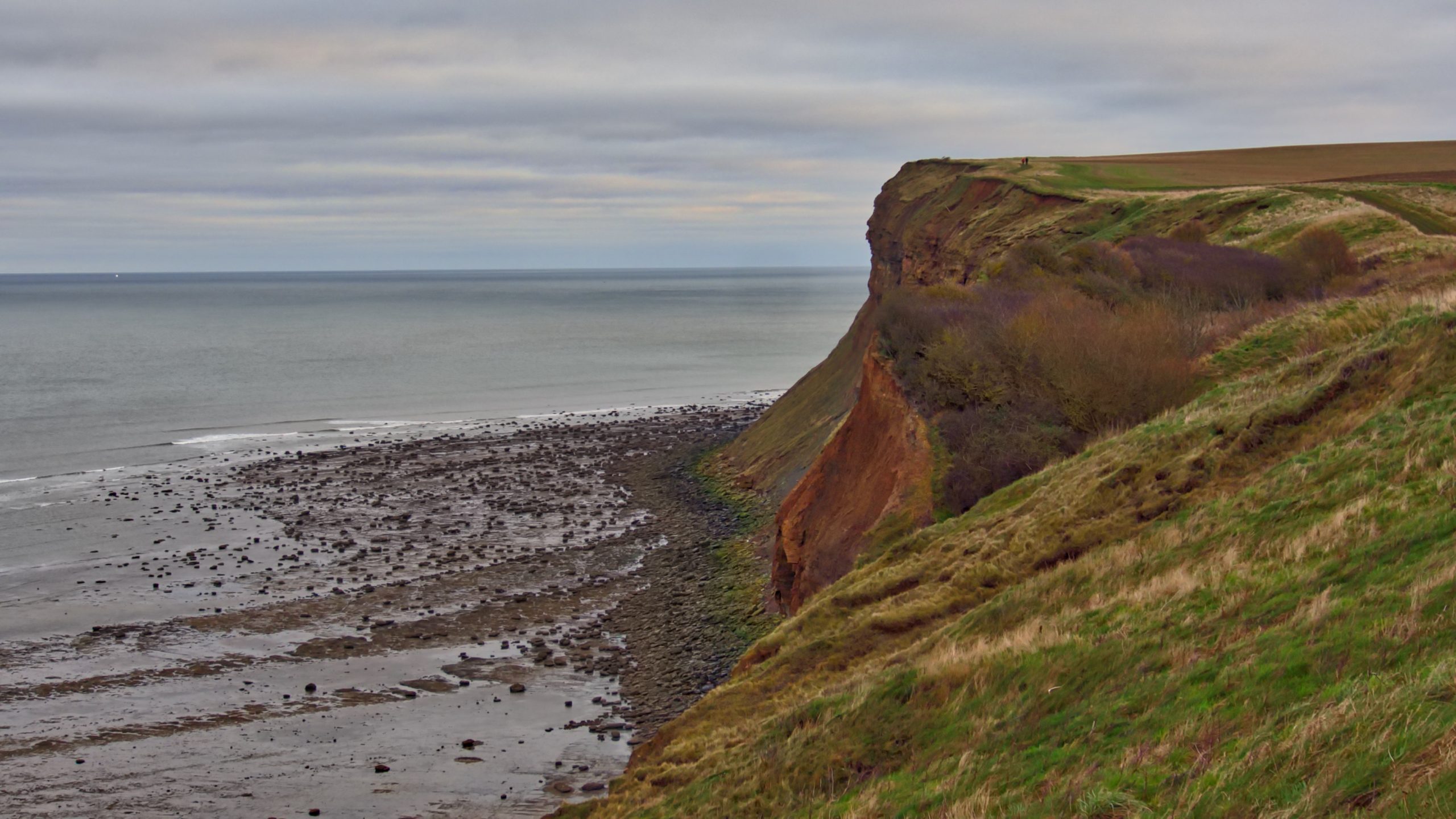
Huntcliff
The prominent landmark east of Saltburn-by-the-Sea. An hour before low tide. This was once the site of a Roman signal station which main purpose was to look out for pirates raiding settlements along the east coast. It comprised a stone turret 15-metre square with walls 2.3-metre thick suggesting it must have been quite a tall…
-
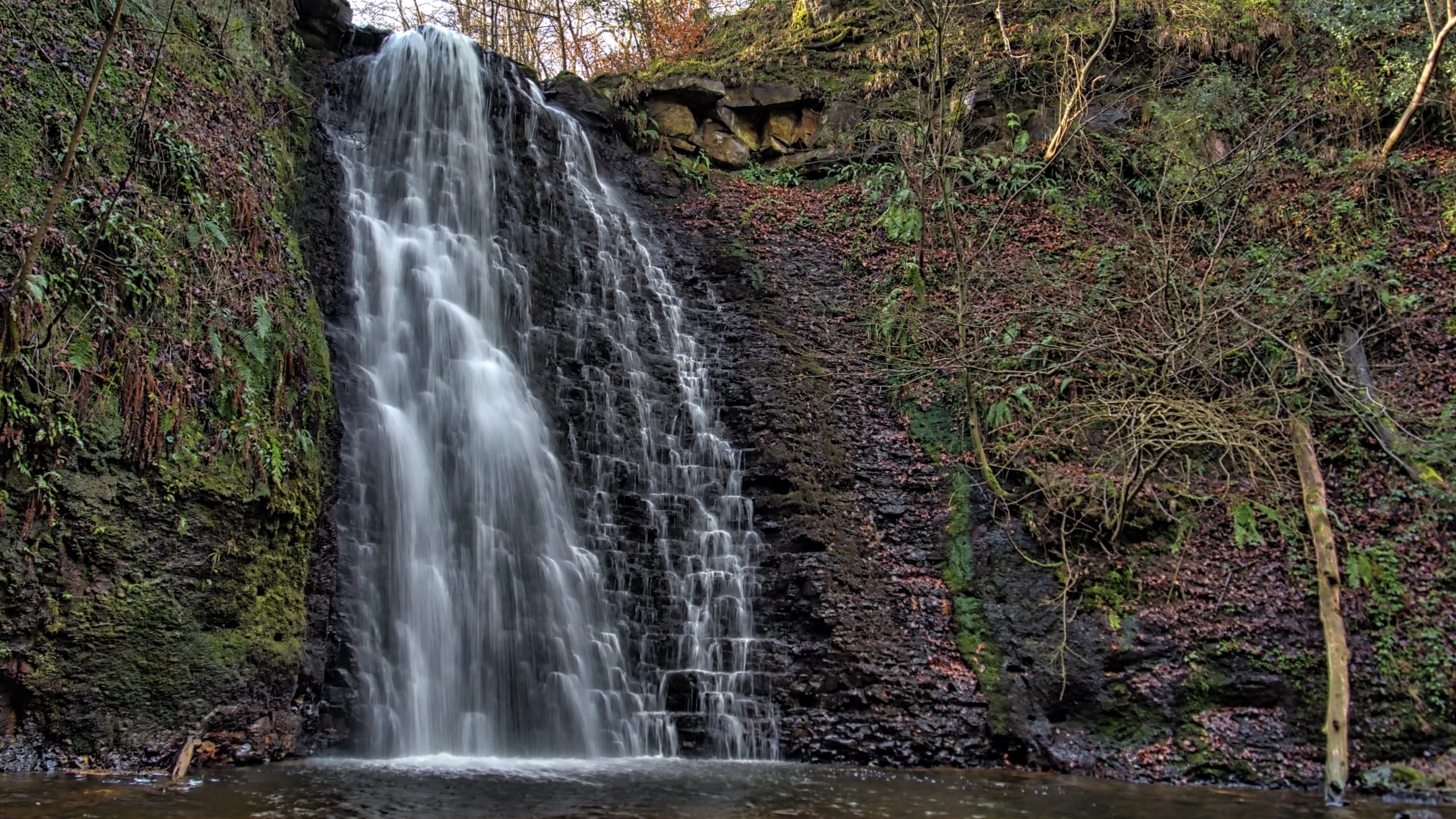
Falling Foss
One of the most picturesque waterfalls on the North York Moors. Thirty feet high, I have read, and viewed from the top of the deep gorge, the pool at the bottom was tempting. It turned out to be quite an epic. We started 700 metres downstream by a footbridge following a faint path which soon…
-
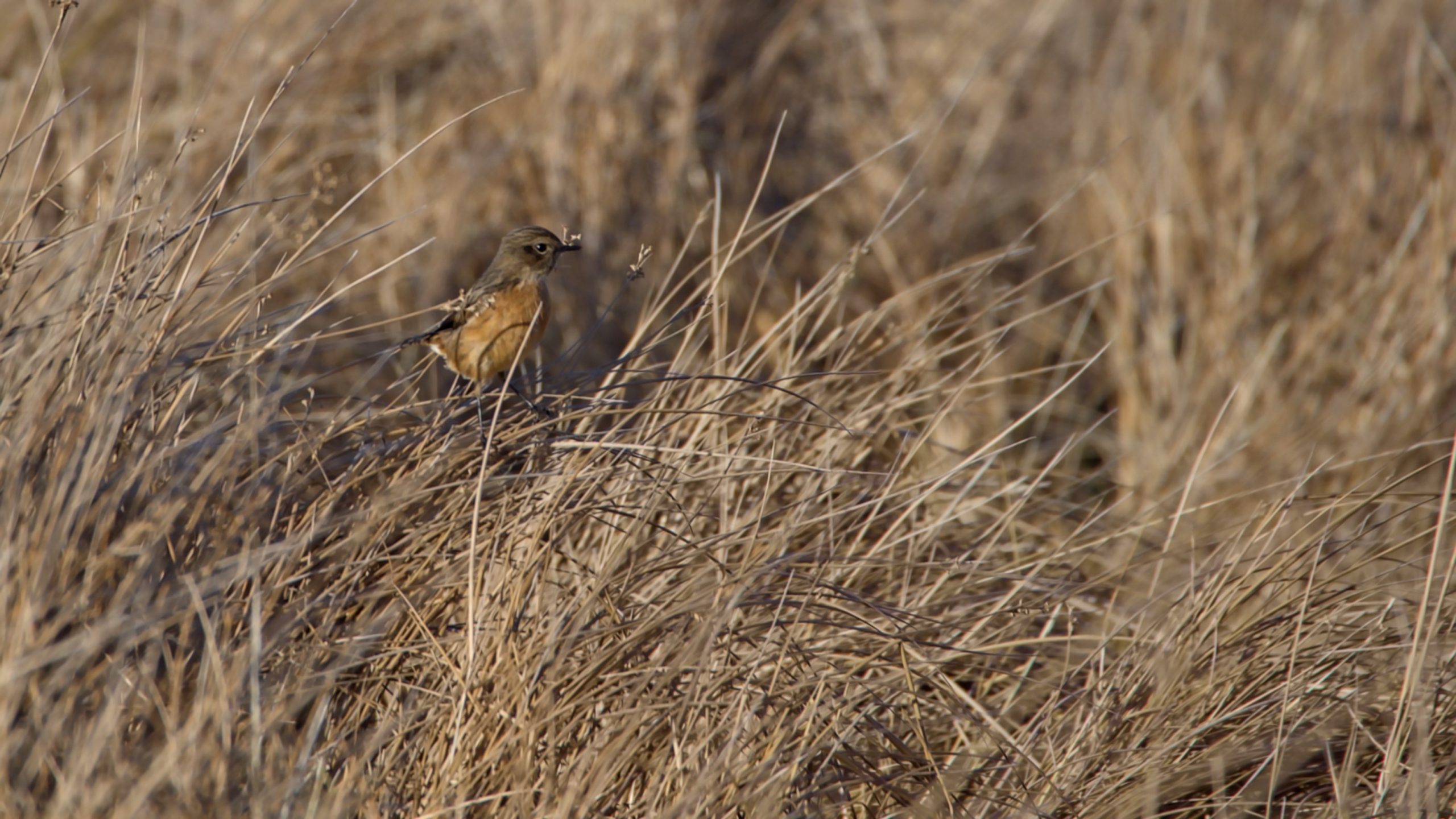
Stonechat
A break for lunch from filling in potholes in the National Trust car park at Cod Beck. With the compactor silent, nature soon returns in the form of a pair of Stonechats, each perching precariously on a stalk of a rush on the lookout for insects that are caught after a short flight. Some stonechats…
-
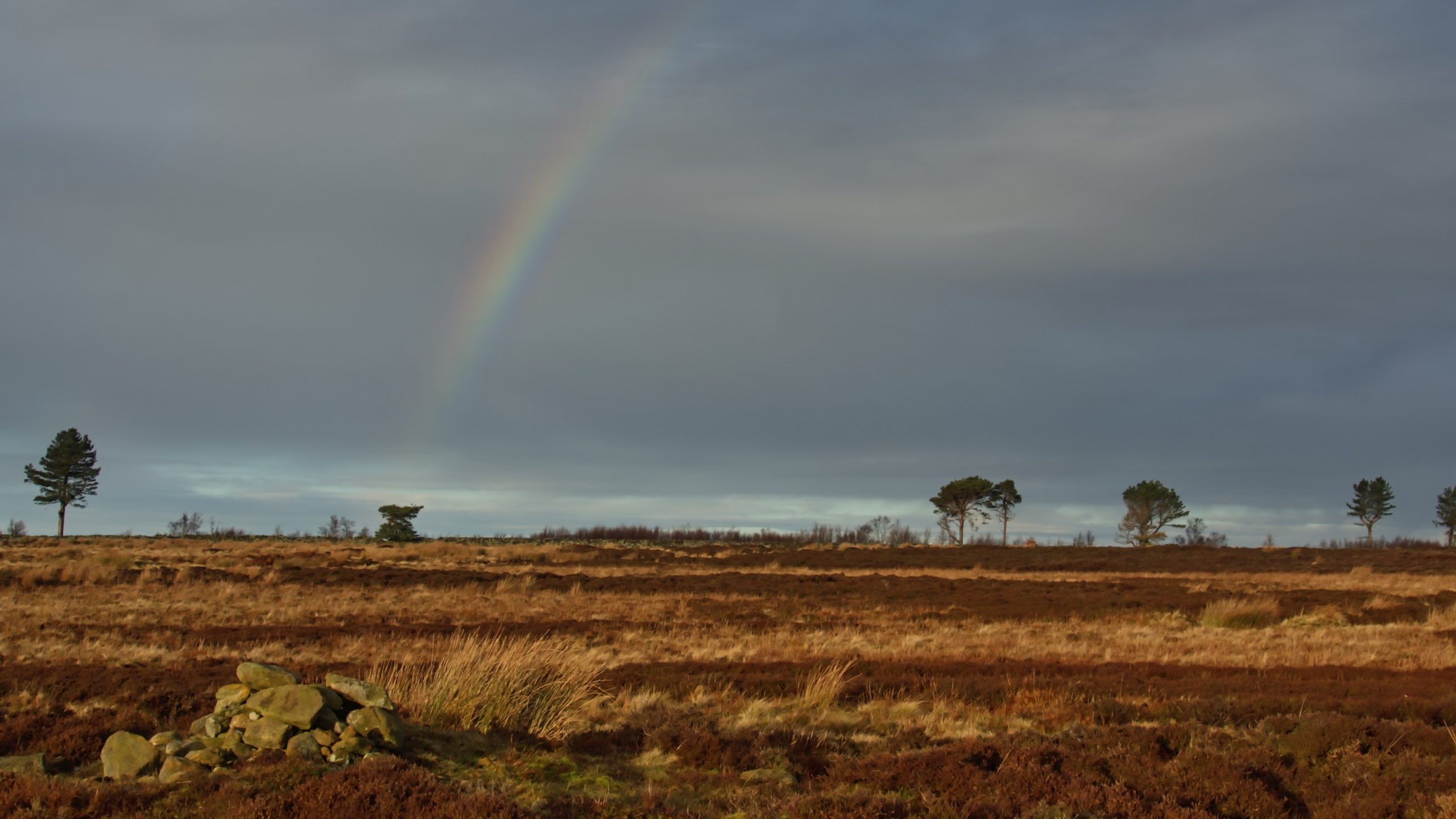
Great Ayton Moor
A sunny morning and a little obambulation over Great Ayton Moor. Surprisingly a rainbow. “A rainbow at night, fair weather in sight. A rainbow at morn, fair weather all gorn.” Happen to be near this cairn. Although Great Ayton Moor has many Bronze Age tumuli, sadly this cairn is not one of them. A modern…
-
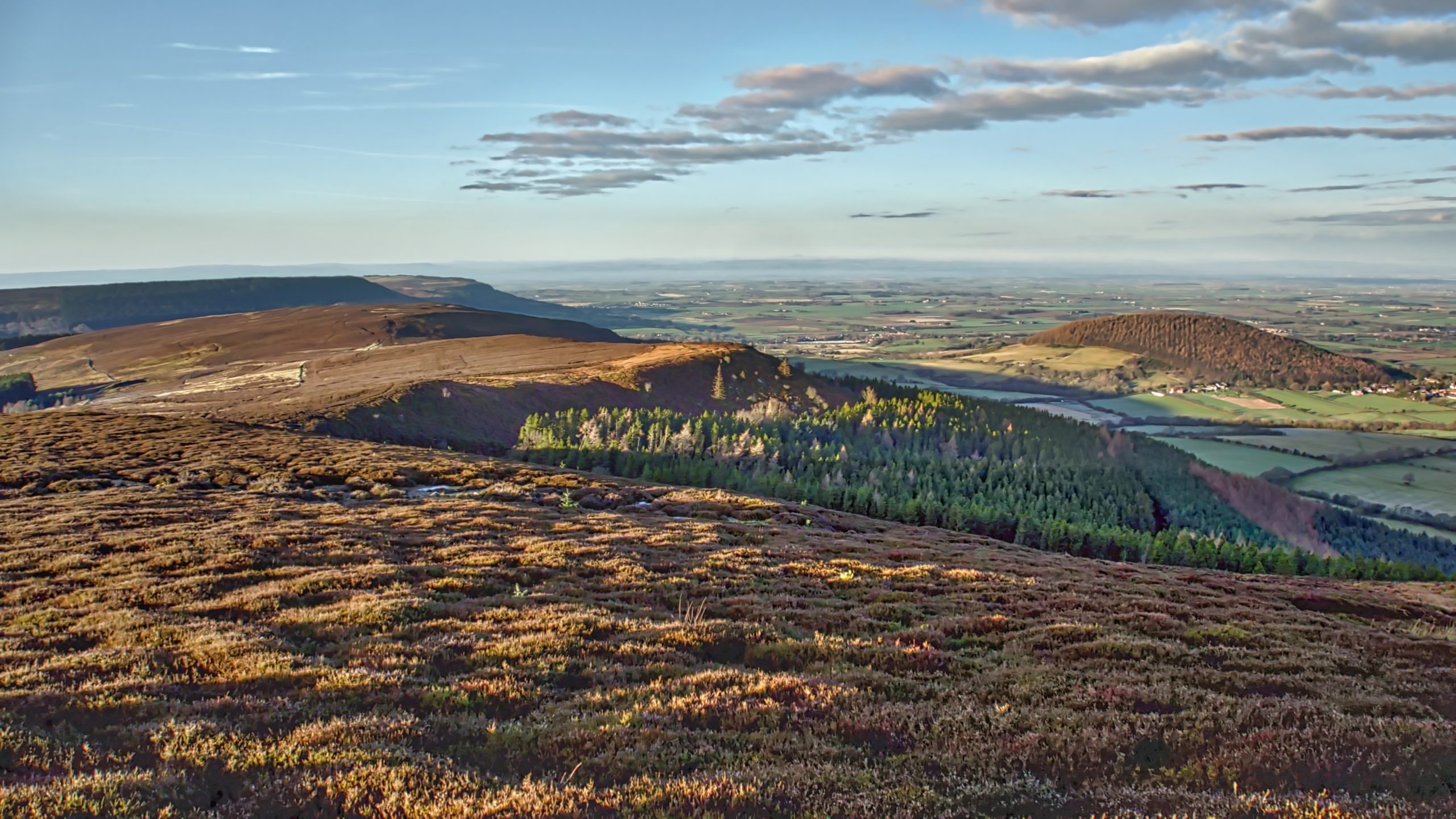
Gold Hill, Faceby Bank and Whorl Hill
A beautiful morning for a run along the escarpment to Knolls End and back via Thackdale. Surveying from left to right. Live Moor, peppered with Bronze Age features, barrows and field systems, was in the 19th-century common grazing for the villagers of Swainby who kept their donkeys used to carry coal and other goods. That…